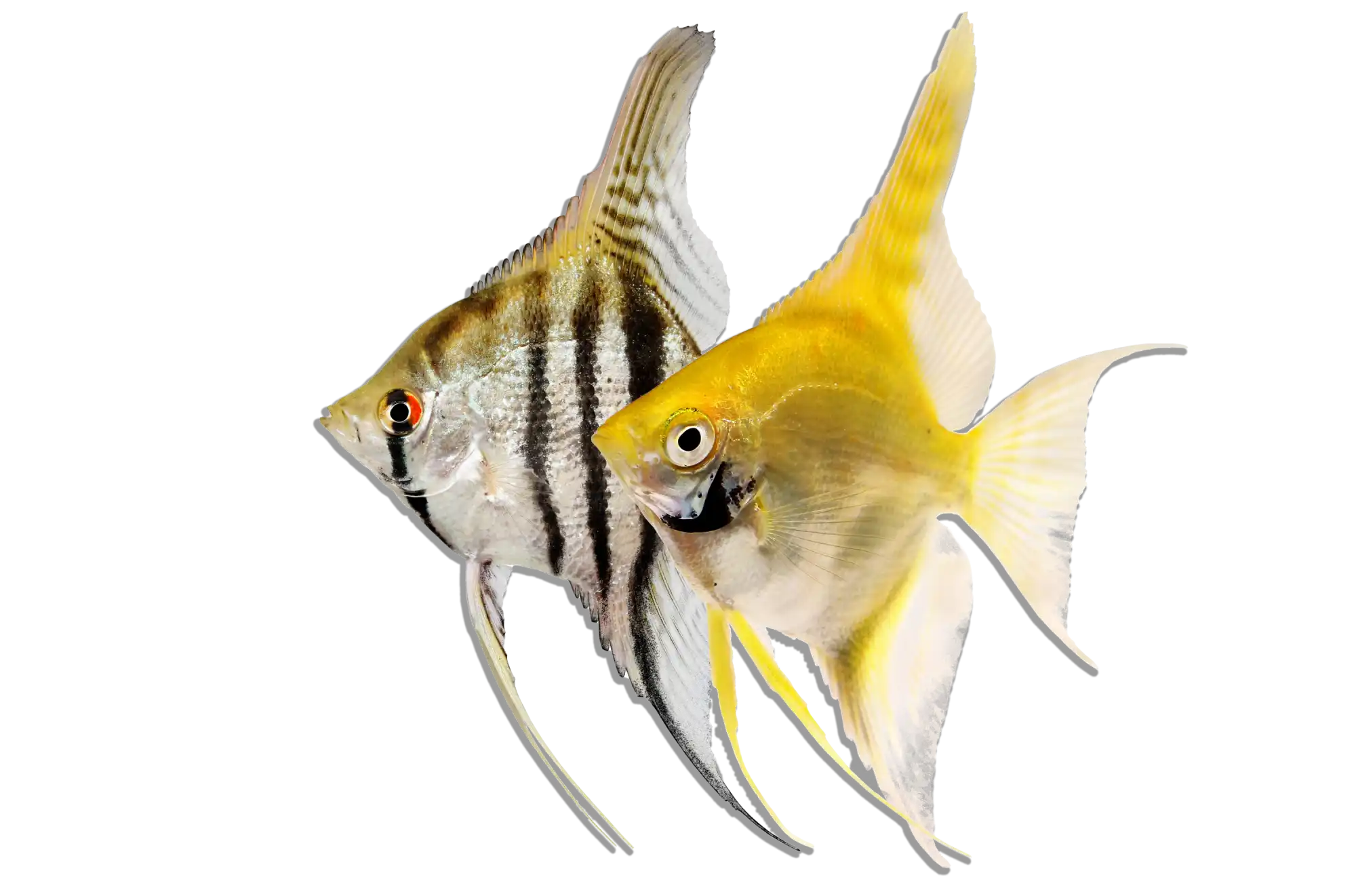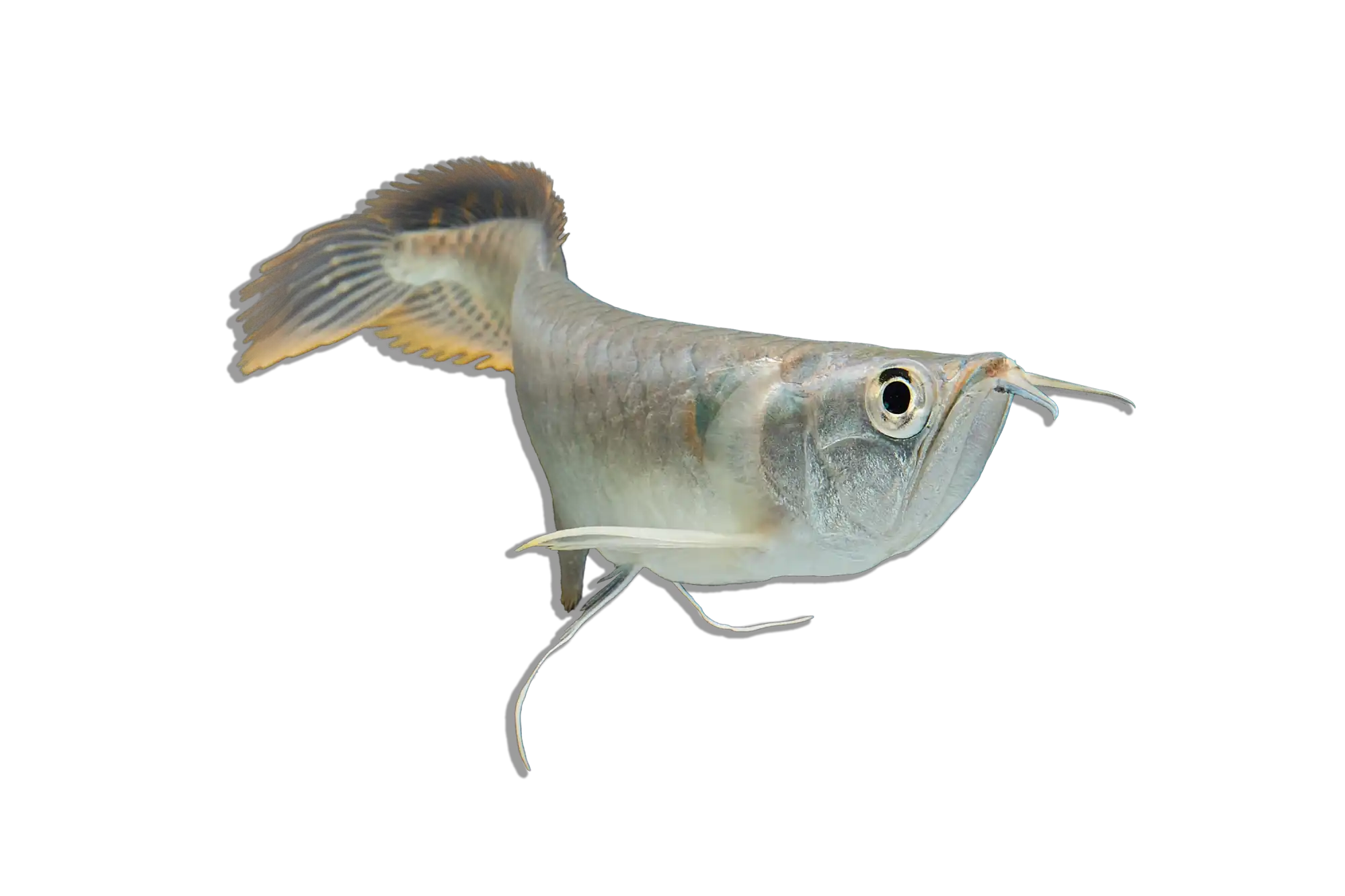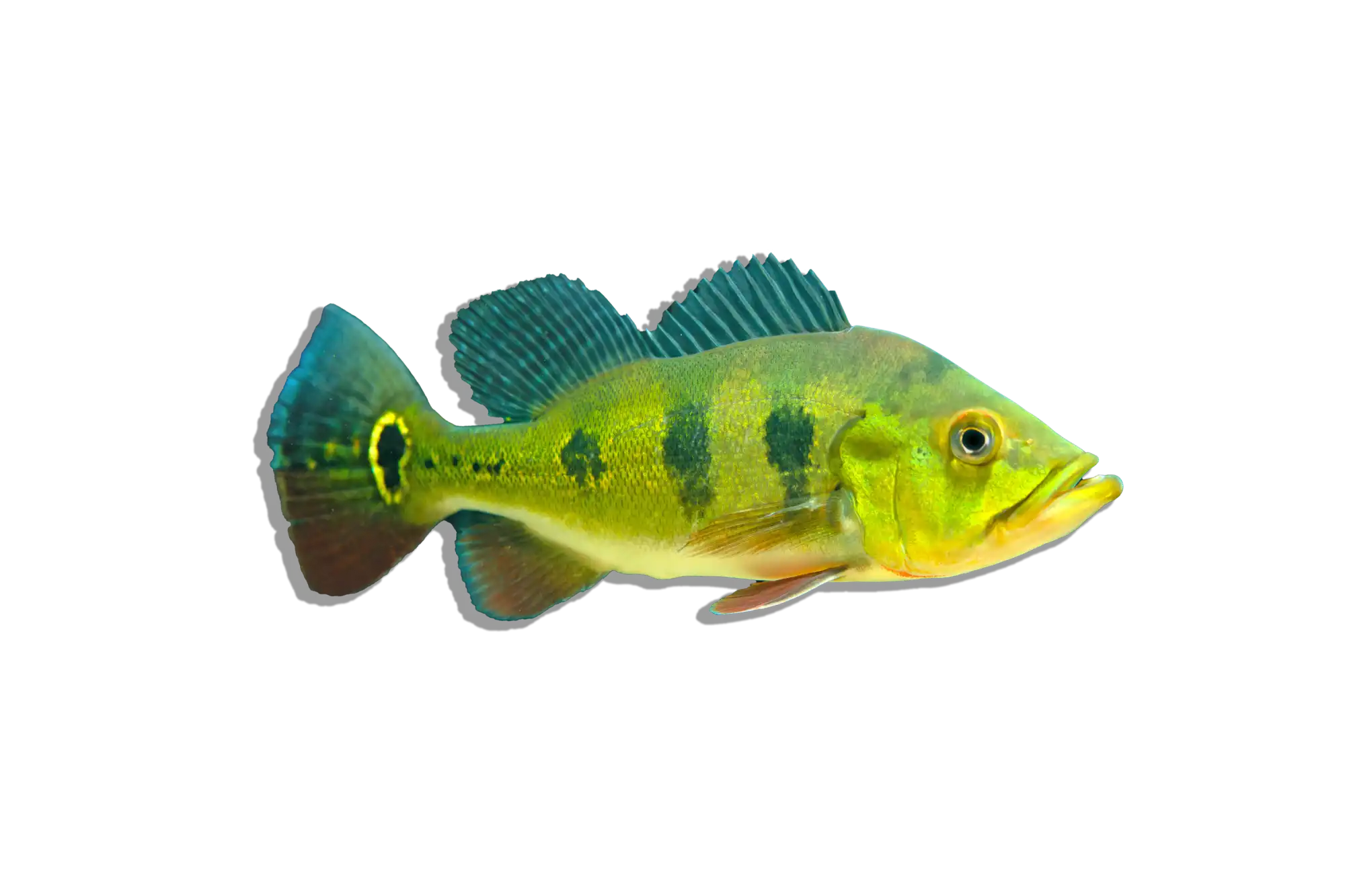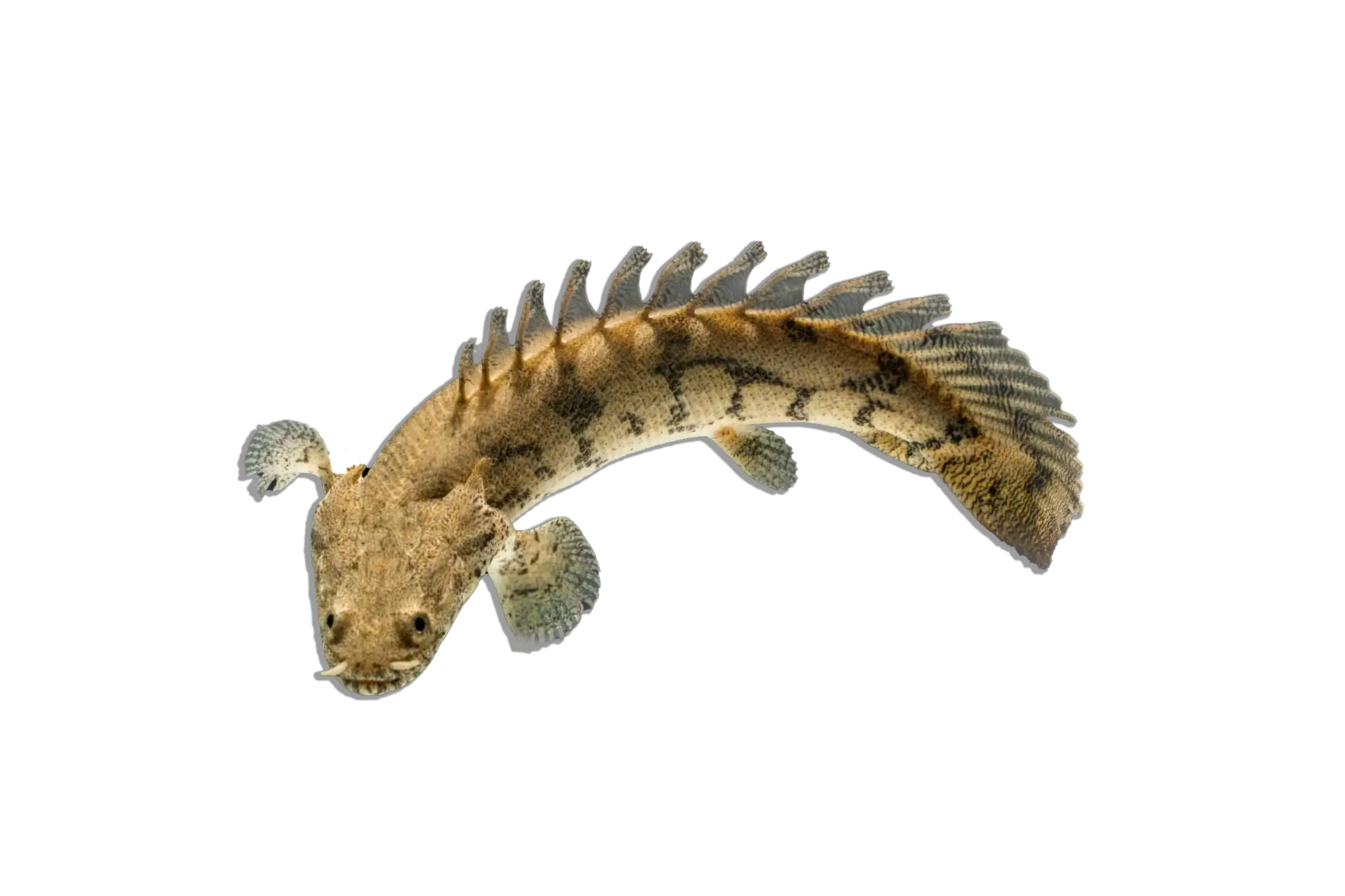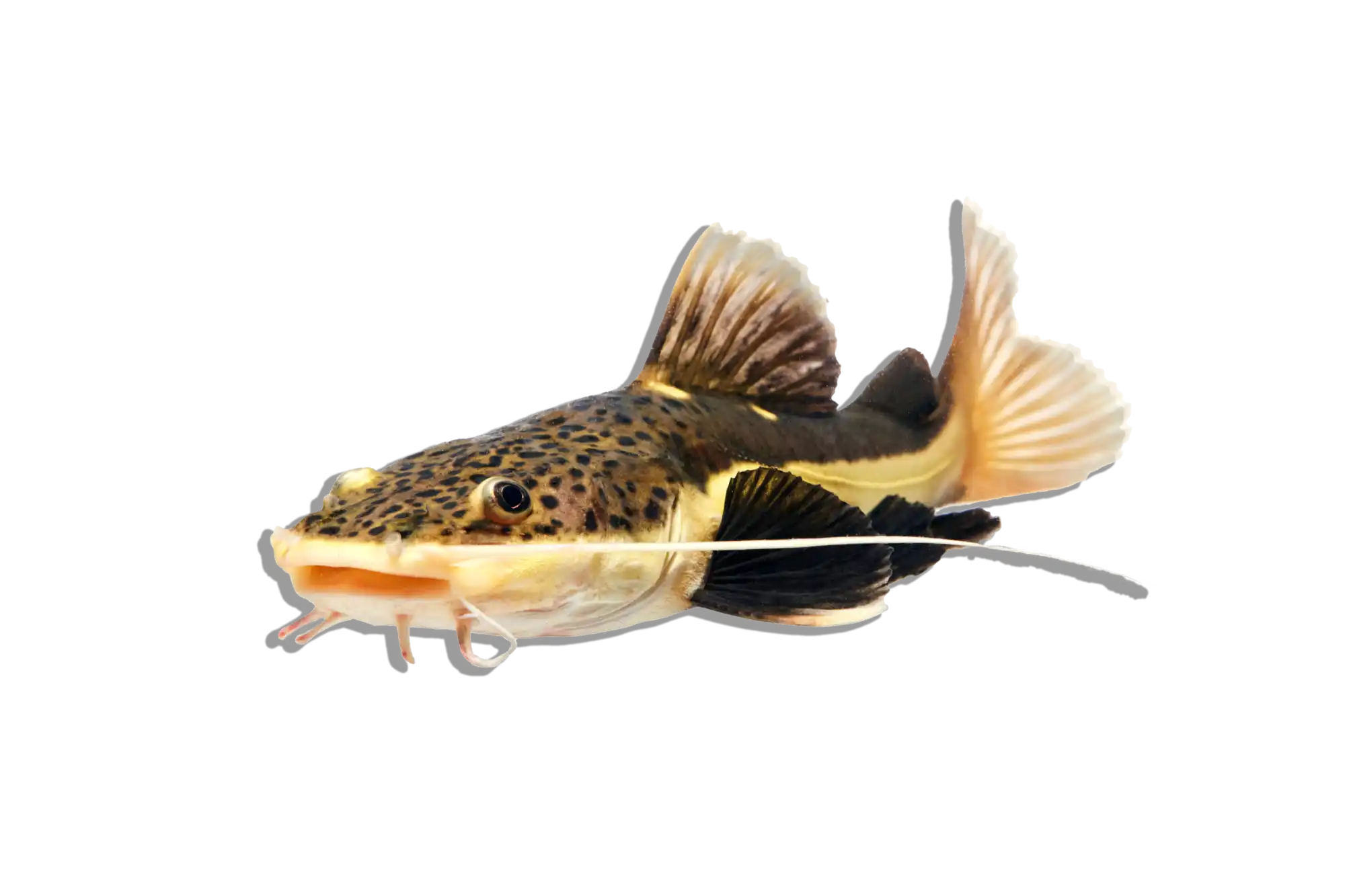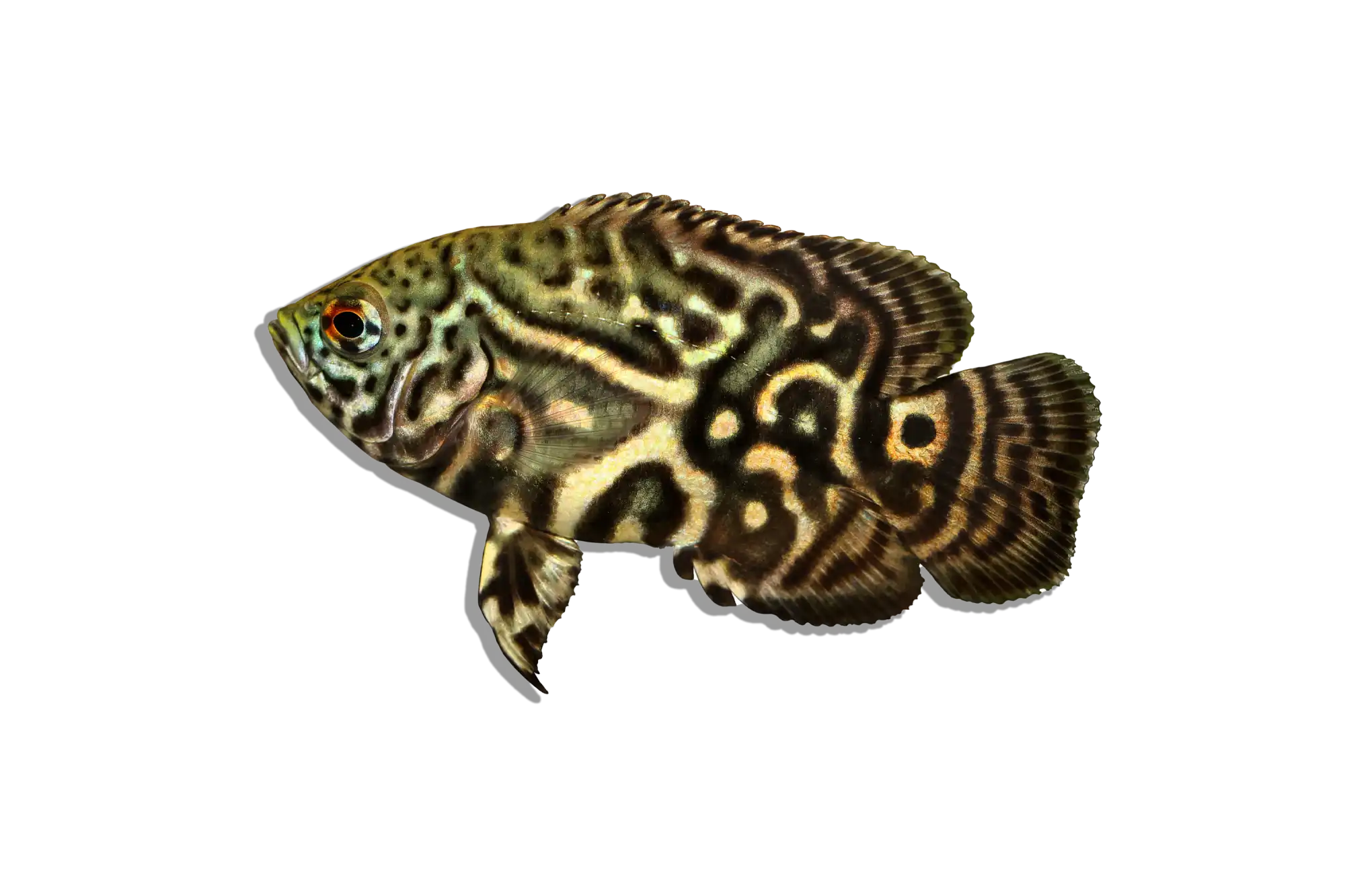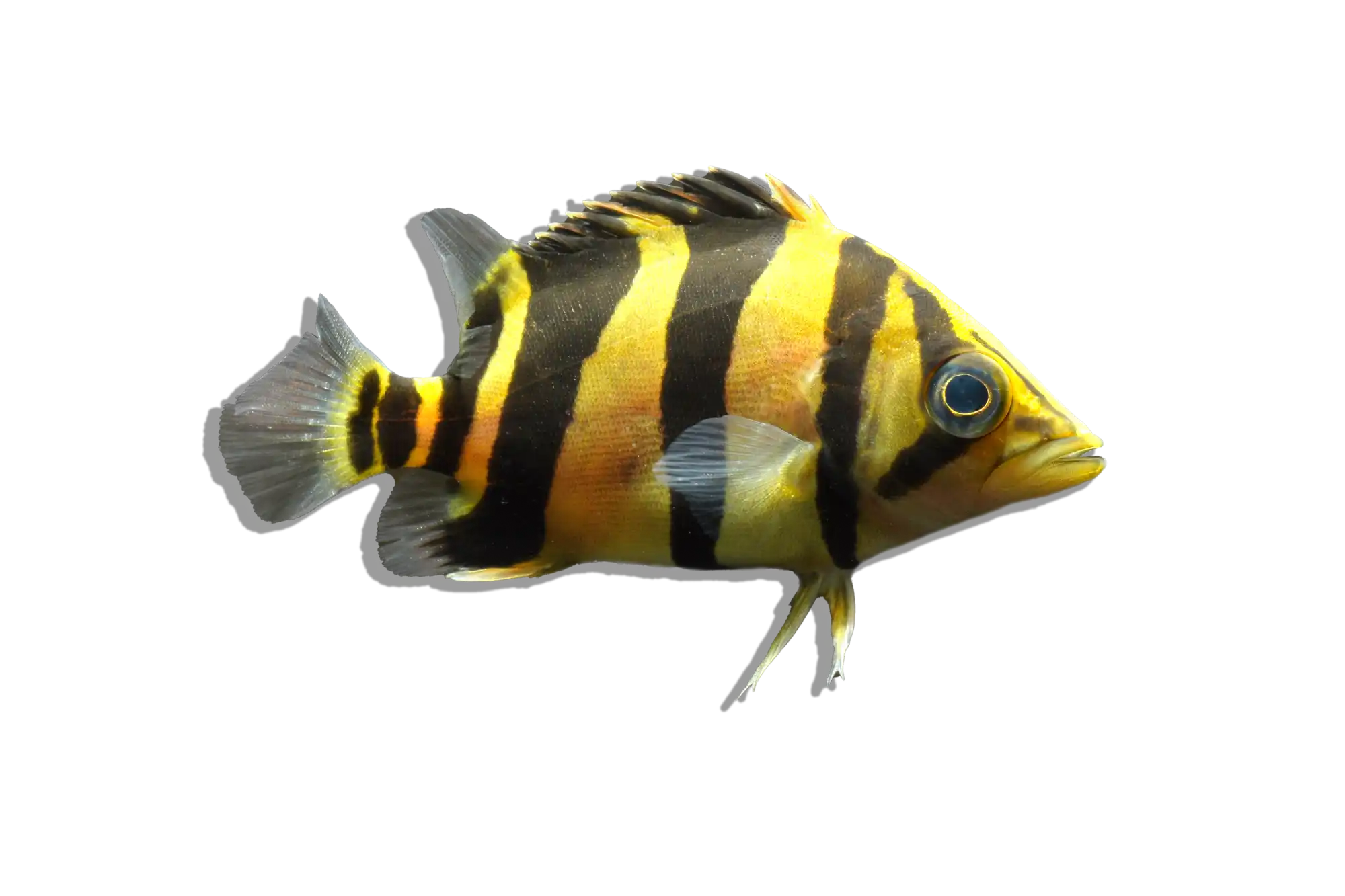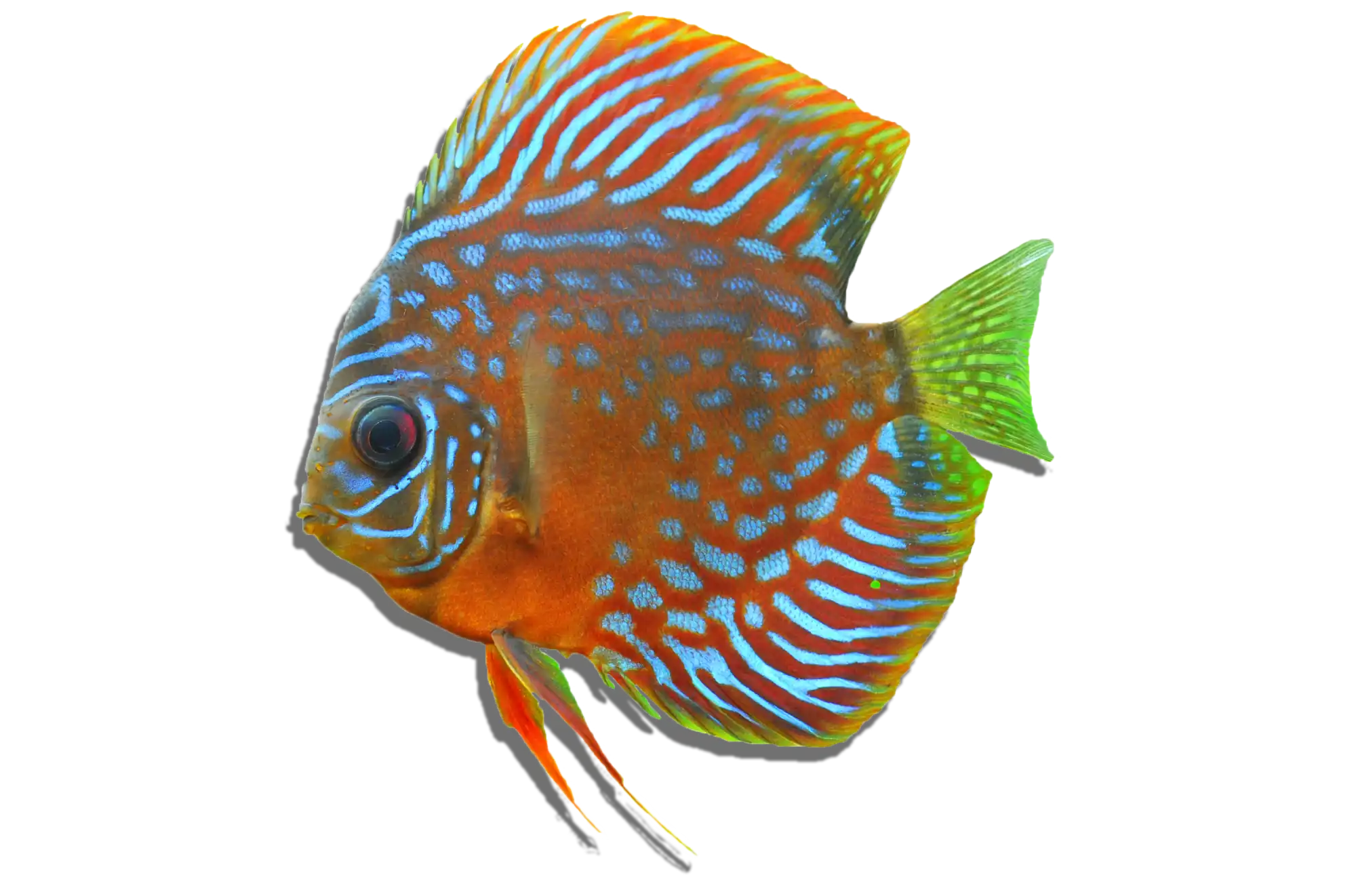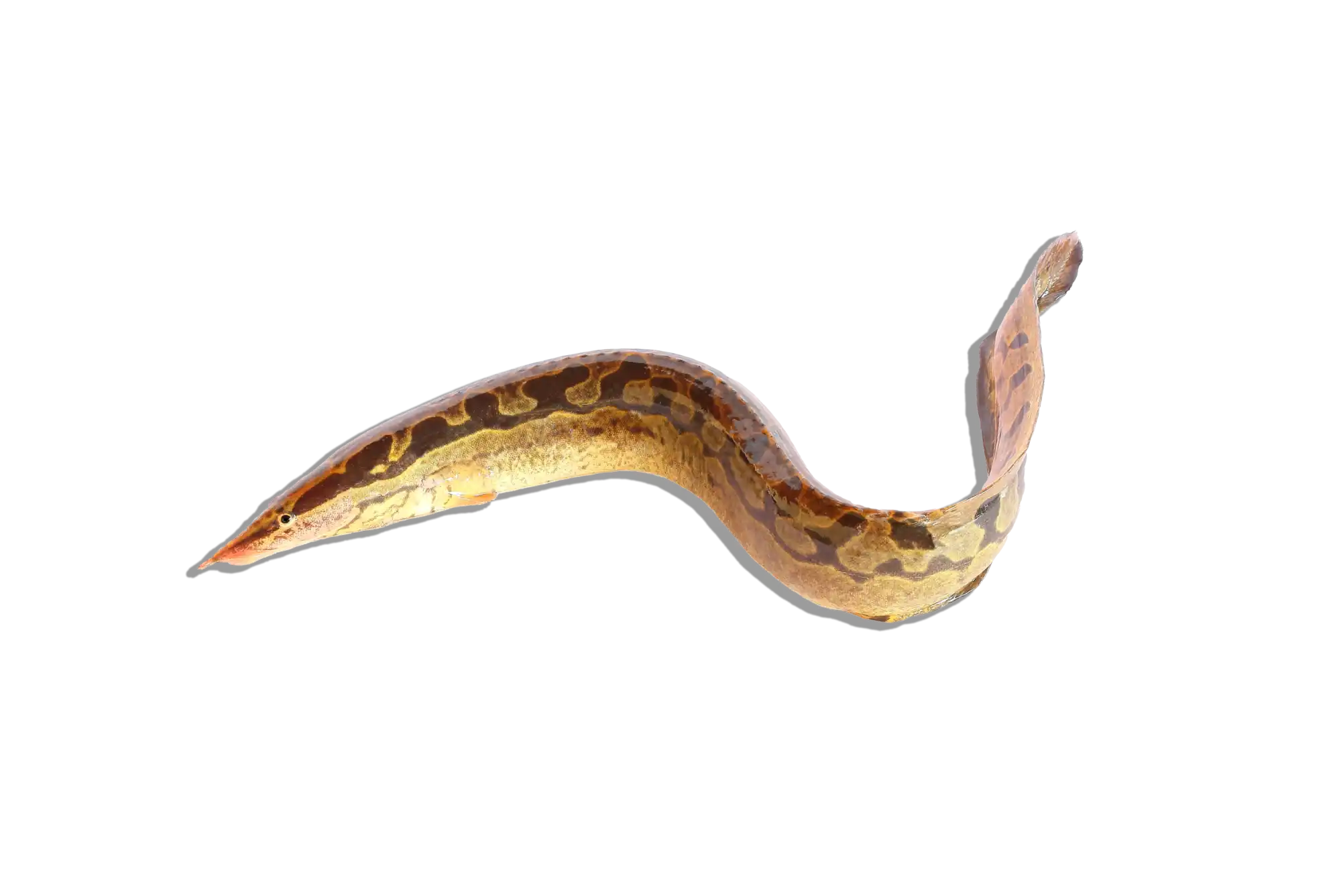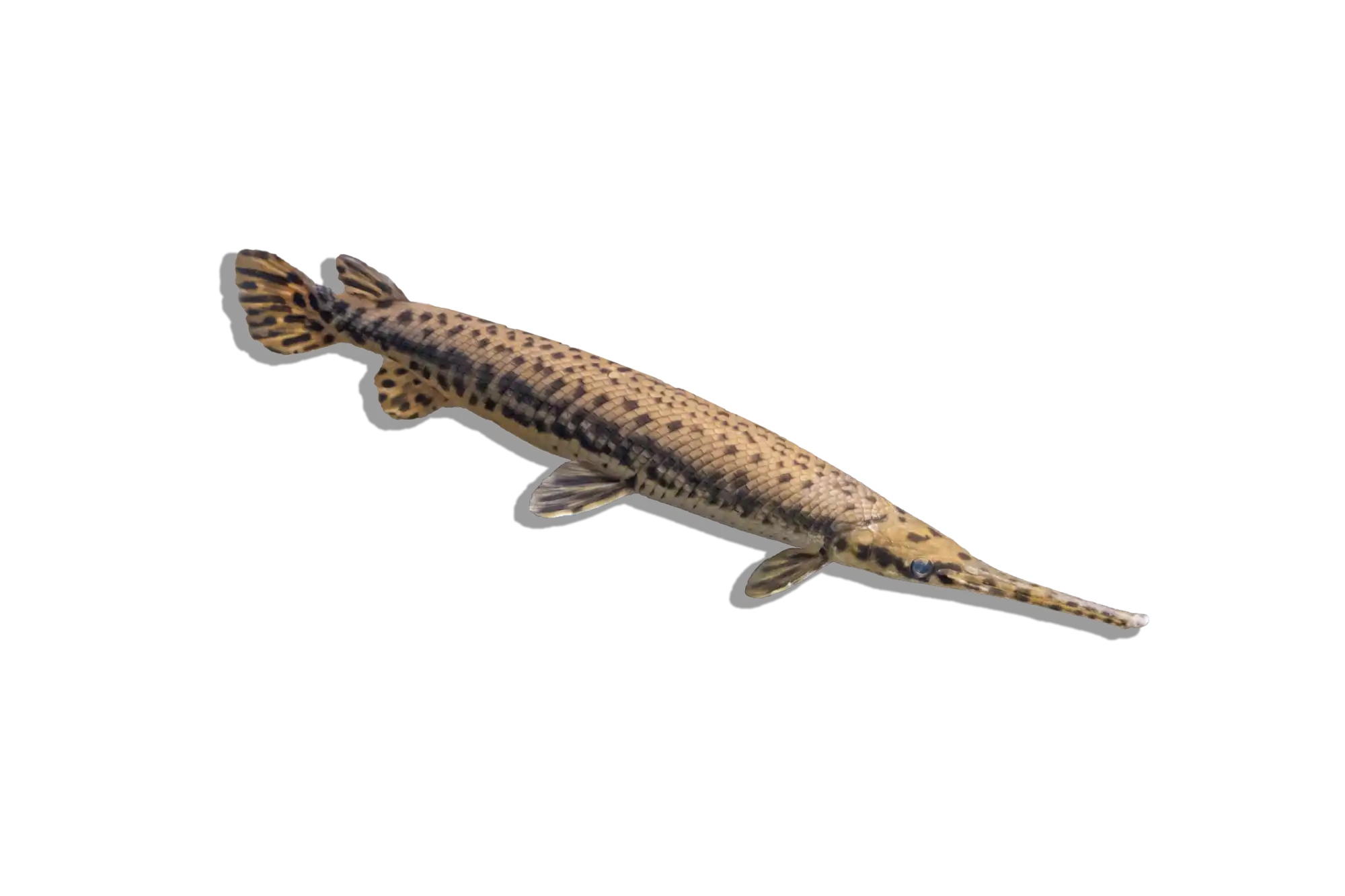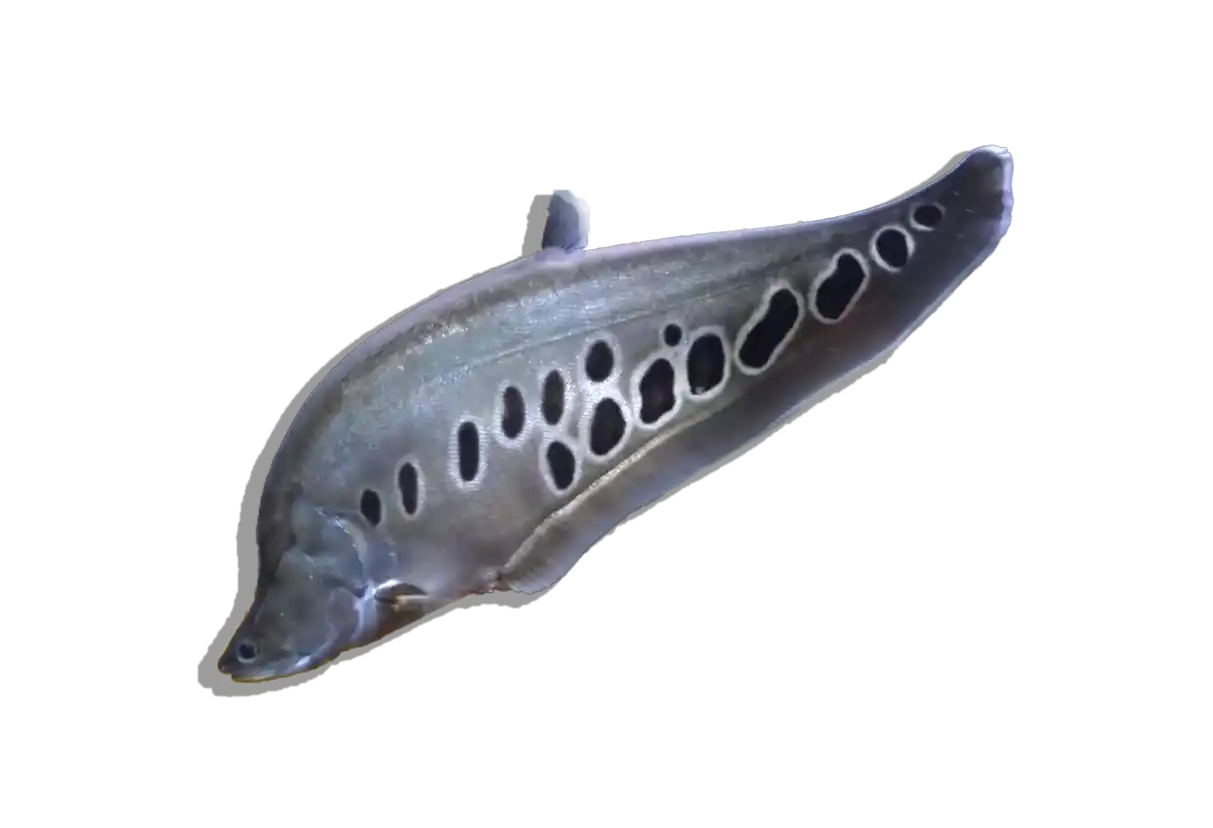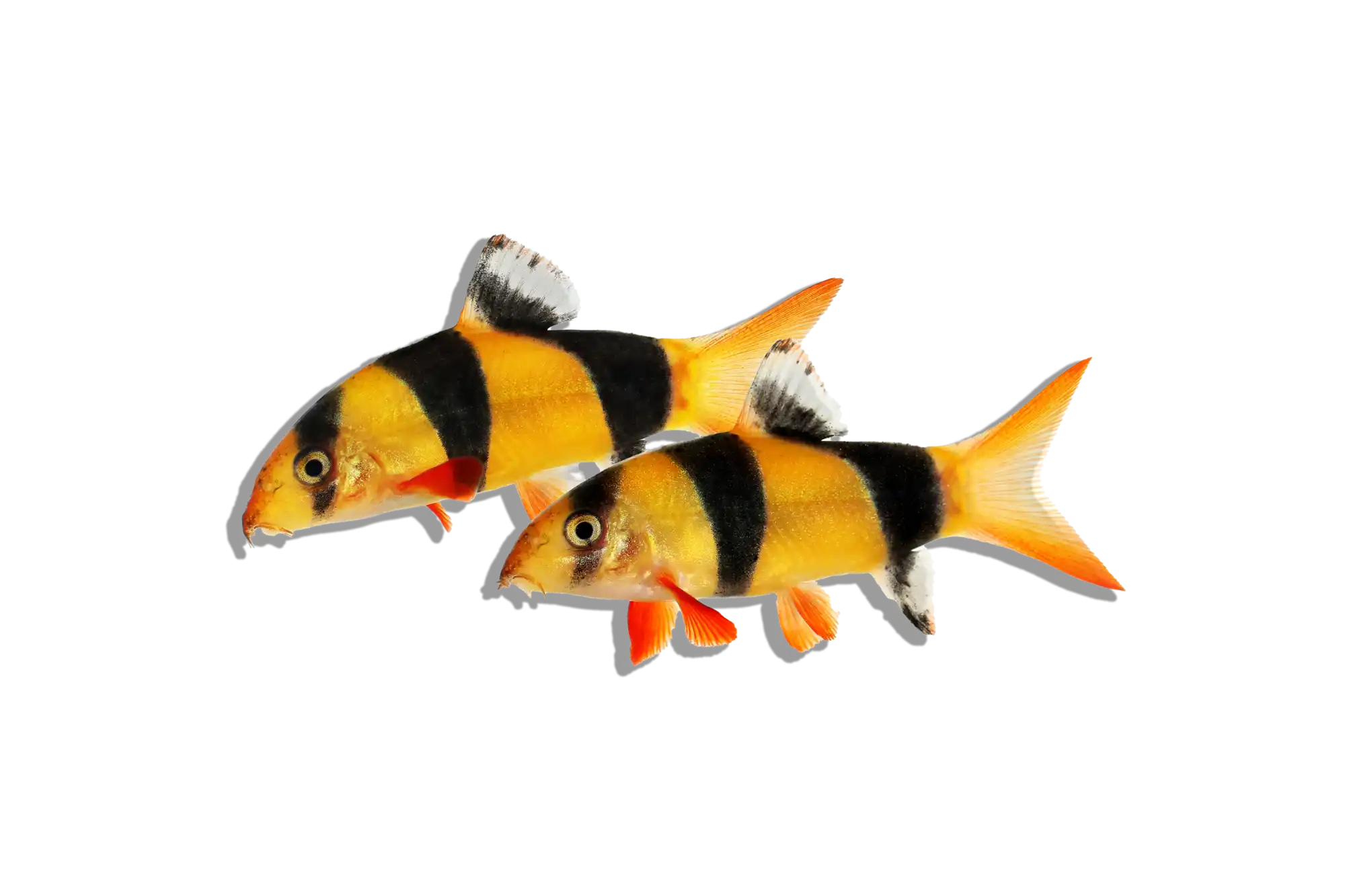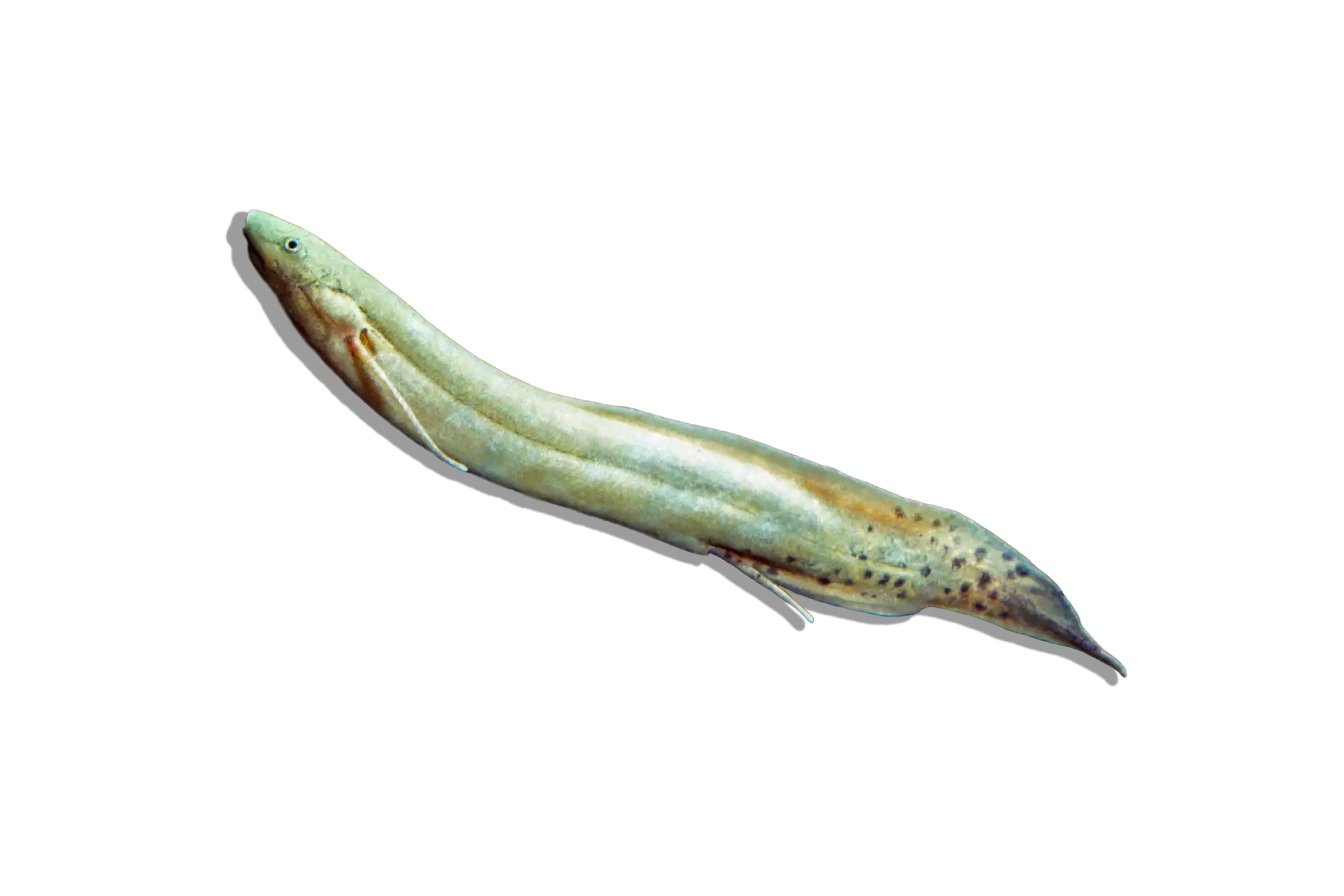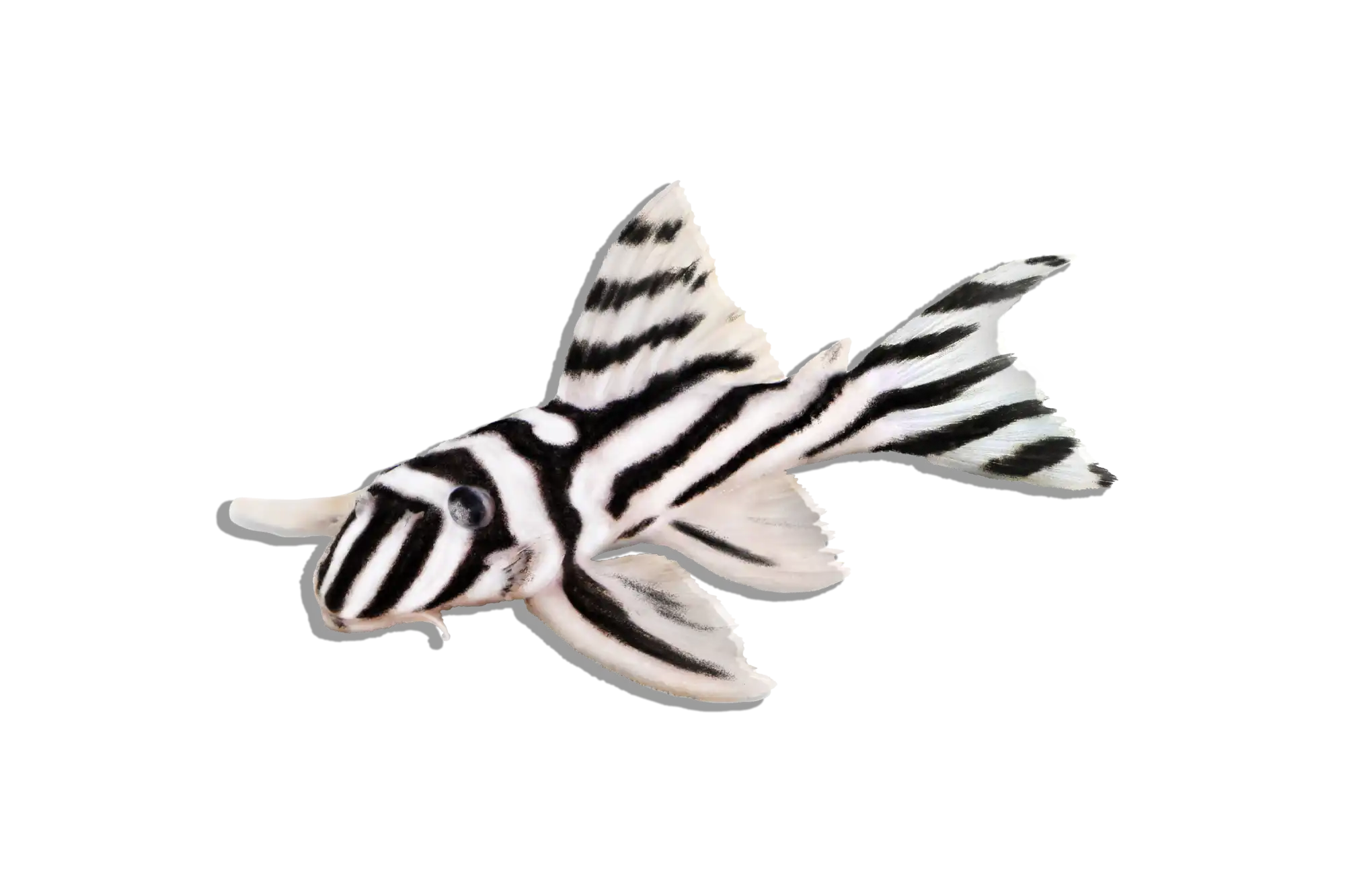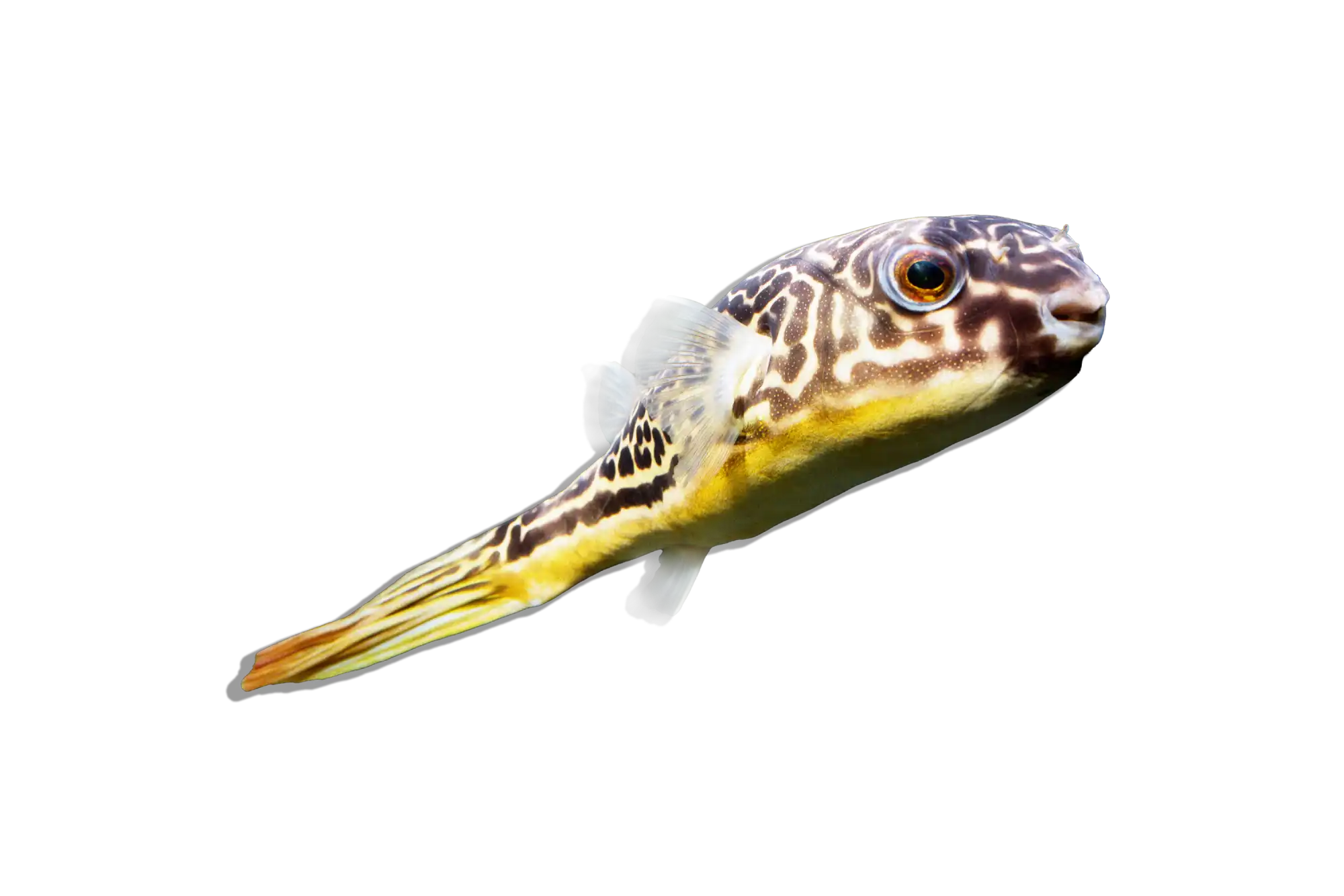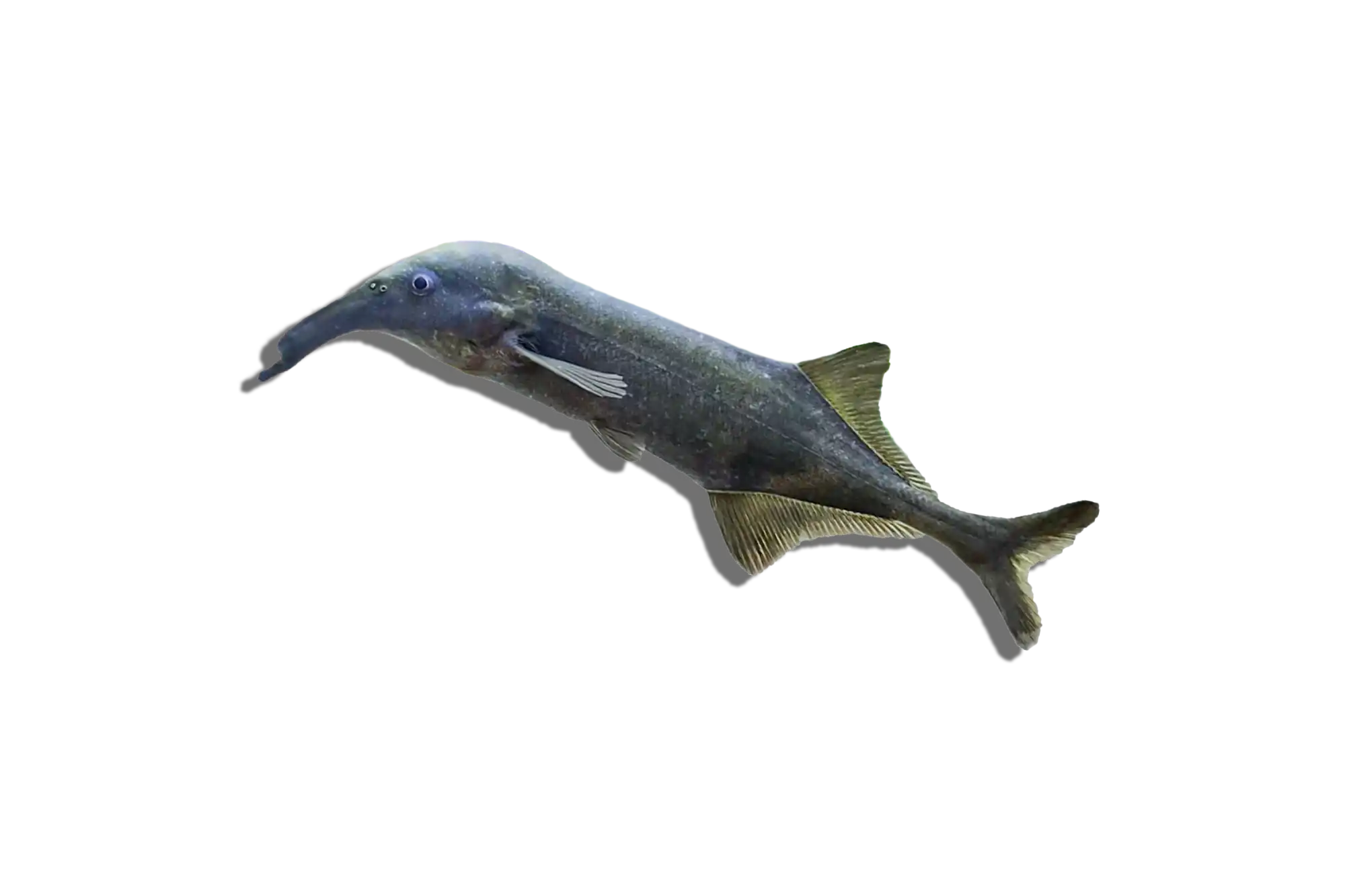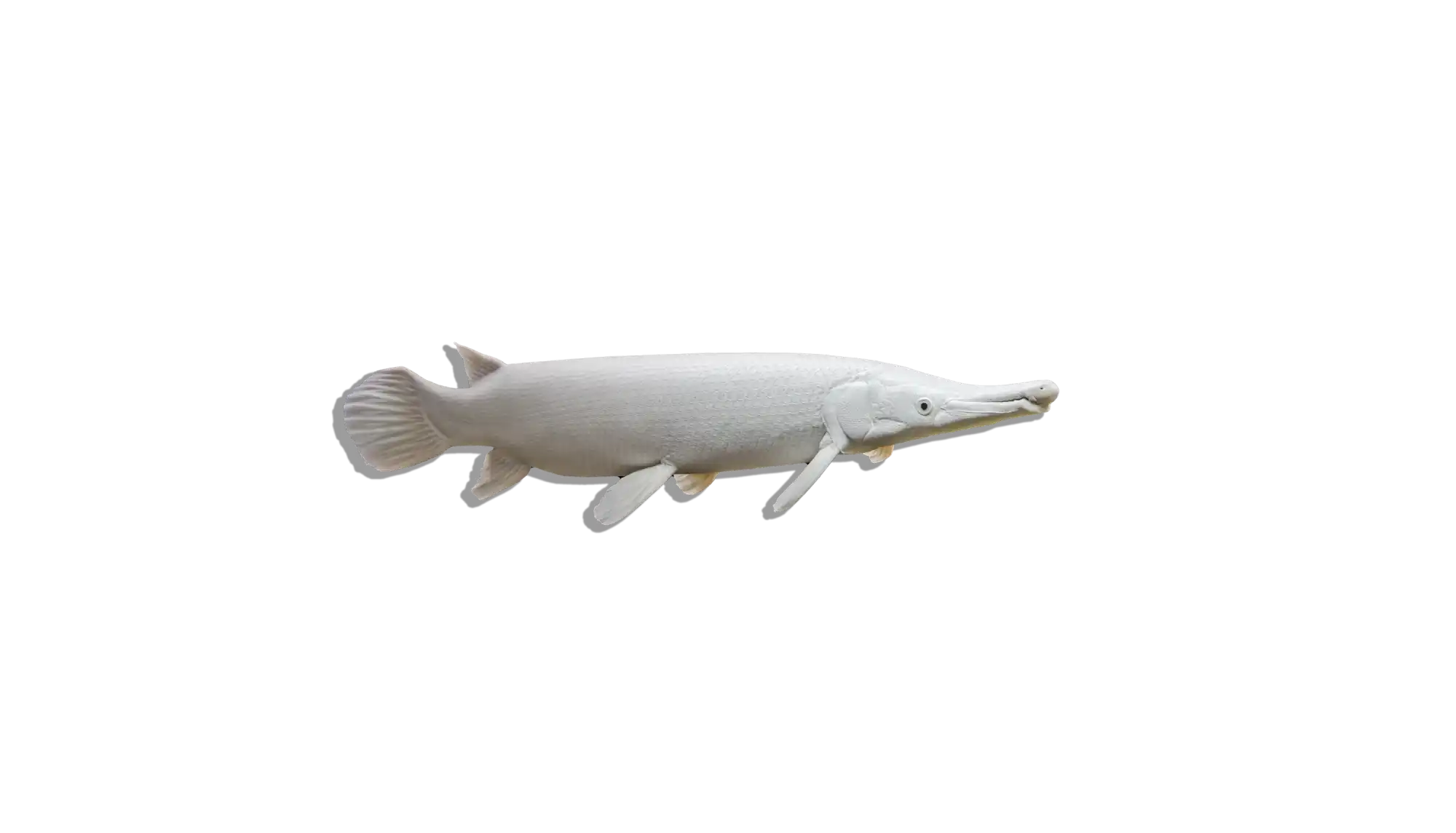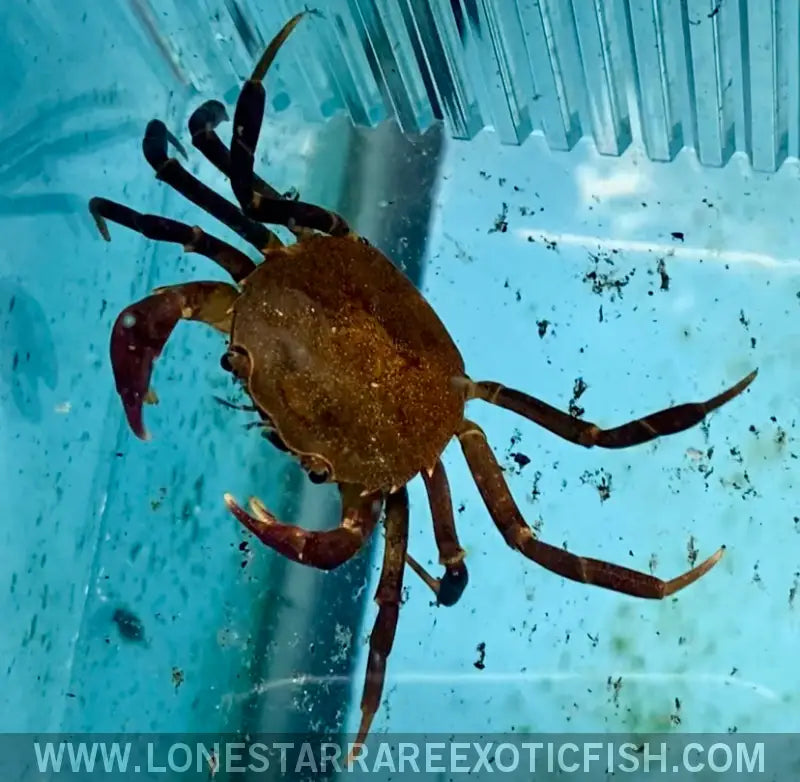Description
Common Name: Rainforest Crab
Scientific Name: Trichodactylus panoplus
Other Names: Freshwater Rainforest Crab, Amazon Crab
The Rainforest Crab (Trichodactylus panoplus) is a fully aquatic freshwater crab known for its rounded carapace, reddish-brown to dark coloration, and adaptability to a variety of aquatic environments. Unlike many crab species that require brackish or terrestrial environments, this species is completely freshwater and does not need access to land. It is a nocturnal scavenger with a fascinating appearance and active behavior, making it an interesting addition to well-planned aquariums.
Habitat and Distribution:
Native to South America, particularly in the Amazon and Orinoco River basins, Trichodactylus panoplus is found in slow-moving streams, flooded forests, and shallow riverbanks with dense vegetation. These crabs prefer soft, muddy or sandy substrates and are often seen burrowing or hiding under driftwood and leaf litter. The water in their habitat is typically warm, slightly acidic to neutral, and rich in organic material.
Size and Lifespan:
This species reaches about 2-3 inches (5-8 cm) in carapace width, with a total leg span of up to 5 inches (12 cm). In captivity, they can live for 3-5 years with proper care.
Diet and Behavior:
The Rainforest Crab is an opportunistic omnivore that primarily scavenges in the wild, feeding on detritus, plant matter, insects, and small invertebrates. In captivity, they should be provided with a varied diet including sinking pellets, algae wafers, blanched vegetables (zucchini, spinach), frozen or live protein sources such as bloodworms, blackworms, and occasional shrimp or fish-based foods. They are nocturnal and tend to hide during the day, becoming more active at night when they forage for food.
Breeding and Reproduction:
Breeding Trichodactylus panoplus in captivity is extremely difficult, as they require specific environmental conditions to trigger reproduction. Females carry eggs under their abdomen, but successful hatching is rarely observed in aquariums. Their breeding habits remain poorly documented in captivity.
Aquarium Care and Tank Requirements:
A minimum of 20 gallons is required for a single specimen, with a larger tank (40+ gallons) recommended for multiple individuals. Their ideal tank setup includes a soft sand or fine gravel substrate for burrowing, plenty of driftwood, caves, and rock structures for shelter, moderate filtration with gentle water flow, and dim to moderate lighting to encourage natural behaviors. A secure lid is essential, as they are known to be skilled escape artists.
Ideal Tank Mates:
The Rainforest Crab can be housed with peaceful fish that inhabit the mid-to-upper water column. Suitable tank mates include Tetras, Hatchetfish, Corydoras Catfish, and other small, non-aggressive species. Avoid housing them with fin-nipping fish, large predatory species, or other crustaceans that may compete for space. While not overly aggressive, they may attempt to catch slow-moving or bottom-dwelling tank mates.
Difficulty Level:
Intermediate. They require stable water conditions, a secure tank setup, and a well-balanced diet to thrive.
Water Parameters:
- Temperature: 74-82°F (23-28°C)
- pH: 6.5-7.5
- General Hardness (GH): 4-12 dGH
- Carbonate Hardness (KH): 3-8 dKH
- Ammonia: 0 ppm
- Nitrite: 0 ppm
- Nitrate: <20 ppm (regular water changes required)
Additional Information:
- A secure lid is essential, as they can climb out of open tanks.
- They require hiding spots to feel secure and display natural behaviors.
- They are best suited for species-only setups or tanks with carefully chosen tank mates.
The Rainforest Crab is a fascinating, fully aquatic freshwater crab that adds diversity to an aquarium when housed correctly. With the right care, it can be a long-lived and engaging species for experienced aquarists.

